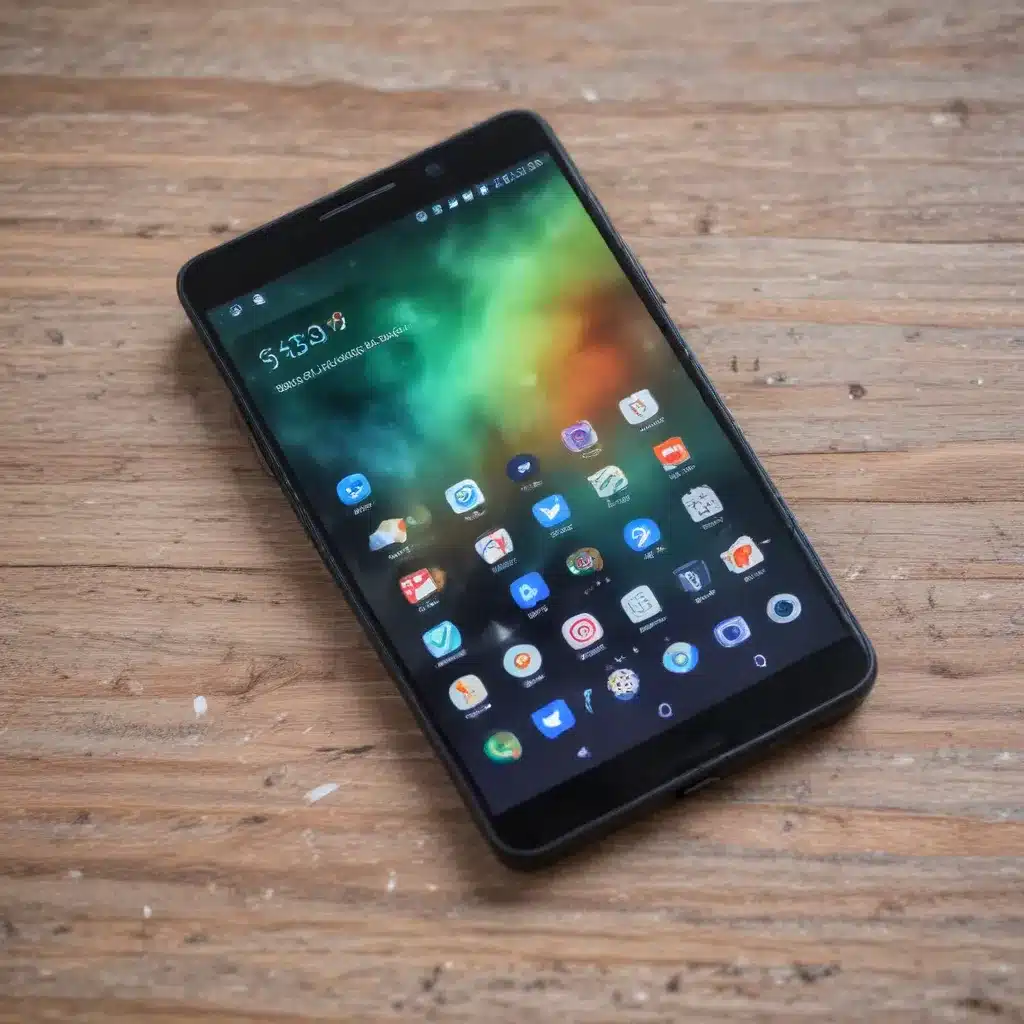
As an experienced IT professional, I’ve seen my fair share of Android phones that refuse to power on. Whether it’s a dead battery, a software glitch, or a hardware issue, a non-responsive Android device can be a frustrating problem to tackle. However, don’t despair – there are several troubleshooting steps you can try to revive your Android phone and get it back up and running.
Performing a Soft Reset
One of the most common solutions for an Android phone that won’t turn on is to perform a soft reset. This process can help clear any temporary glitches or software-related issues that may be preventing your device from powering on.
To do a soft reset, follow these steps:
-
Press and hold the Power button for 5-7 seconds. This will usually restart your phone and force it to reboot.
-
If the phone still won’t turn on, try plugging it into a working charger and wall outlet. Allow the device to charge for at least one minute before attempting to power it on again.
-
If the battery icon or charging light doesn’t appear, try a different cable, charger, or power outlet to ensure the issue isn’t with the charging equipment.
Performing a soft reset can often resolve minor software glitches or power-related problems that may be preventing your Android phone from turning on. However, if this simple fix doesn’t work, there are a few other troubleshooting steps you can try.
Performing a Hard Reset
If the soft reset doesn’t do the trick, it’s time to try a more advanced solution: the hard reset. This process will erase all data and settings on your Android phone, essentially resetting it to its factory default state.
To perform a hard reset, follow these steps:
-
Press and hold the Volume Down and Power buttons simultaneously for at least 20 seconds. This will force your phone to restart and enter the recovery mode.
-
Once in recovery mode, use the volume buttons to navigate to the “Wipe data/factory reset” option, and then select it using the Power button.
-
After the reset is complete, select the “Reboot system now” option to restart your phone.
Keep in mind that a hard reset will erase all your personal data, including contacts, messages, photos, and apps. Be sure to back up any important information before attempting this process. If you have a Google account linked to your Android device, your contacts and some other data may be automatically synced and restored after the reset.
Checking for Hardware Issues
If both the soft and hard reset methods have failed, it’s possible that the issue with your Android phone is hardware-related. This could be a problem with the battery, the charging port, or even a more serious component failure.
Here are some steps to help you identify and potentially resolve hardware issues:
-
Check the battery. Ensure that the battery is properly seated in the phone and that there are no visible signs of damage, such as swelling or leakage. If the battery appears to be the culprit, try replacing it with a new one.
-
Inspect the charging port. Use a flashlight to examine the charging port for any debris, damage, or bent pins. If the port appears to be the issue, you may need to take your phone to a repair shop for professional servicing.
-
Test the phone with a different battery. If you have access to a known-good battery, try swapping it into your phone to see if it powers on. This can help you isolate the problem and determine if the issue is with the battery or the phone itself.
-
Seek professional assistance. If you’ve exhausted all the troubleshooting steps and your Android phone still won’t turn on, it’s likely that the issue is a more complex hardware problem. In this case, it’s best to take your device to a reputable repair shop or contact the manufacturer for further assistance.
Preventing Future Issues
Once you’ve successfully revived your Android phone, there are a few steps you can take to help prevent similar issues from occurring in the future:
-
Keep your phone’s software up-to-date. Regularly check for and install any available software updates, as these often include bug fixes and security patches that can help keep your device running smoothly.
-
Maintain your phone’s battery health. Avoid leaving your phone plugged in and fully charged for extended periods, as this can potentially degrade the battery over time. Instead, try to keep the battery level between 20% and 80% whenever possible.
-
Protect your phone from physical damage. Use a high-quality case and screen protector to safeguard your device from drops, scratches, and other physical impacts that could lead to hardware issues.
-
Back up your data regularly. Regularly sync your contacts, photos, and other important data to a cloud storage service or external hard drive. This will ensure that your information is protected in the event of a hardware failure or software-related issue.
By following these tips and tricks, you can help extend the life of your Android phone and minimize the chances of it becoming unresponsive or refusing to turn on in the future.
Remember, if you ever encounter a problem with your Android device that you can’t seem to resolve on your own, don’t hesitate to reach out to the IT Fix blog or contact a professional for further assistance. We’re here to help you get your technology back on track and running smoothly.












